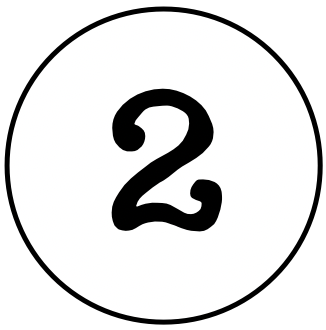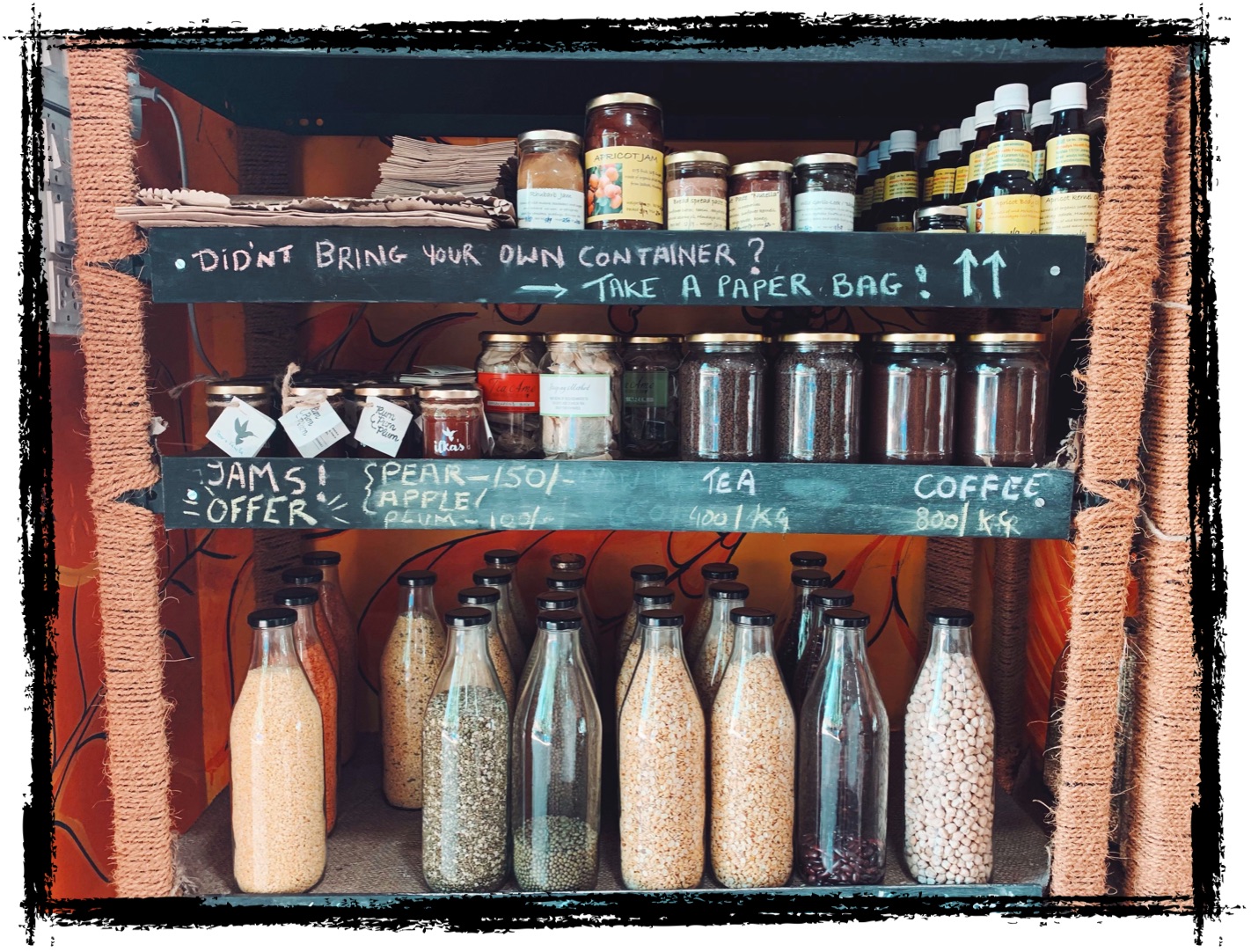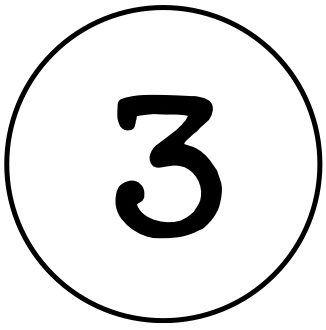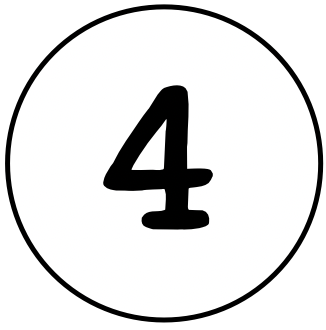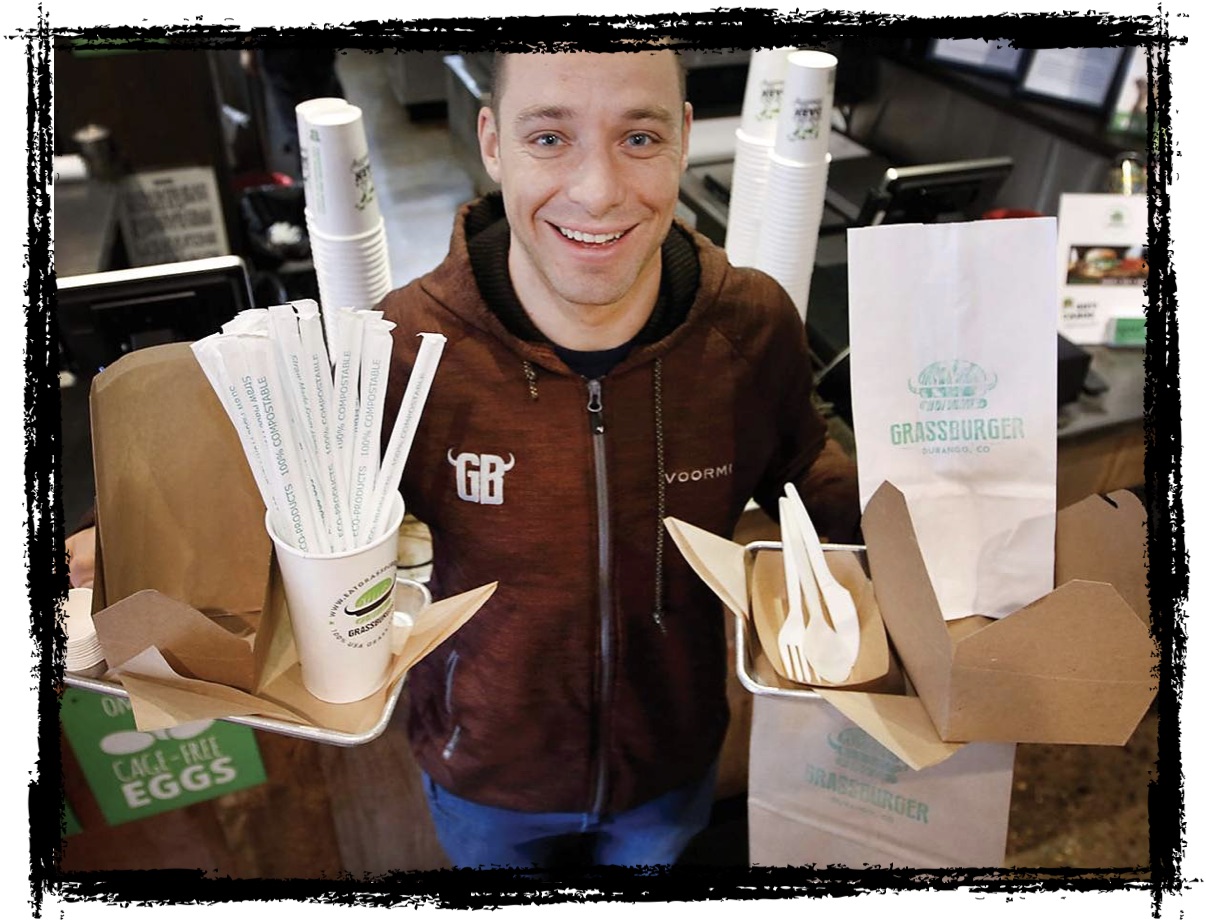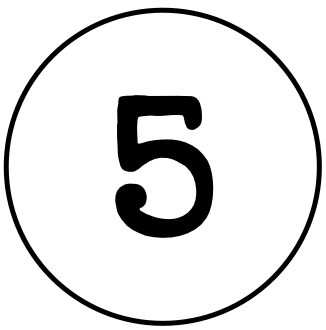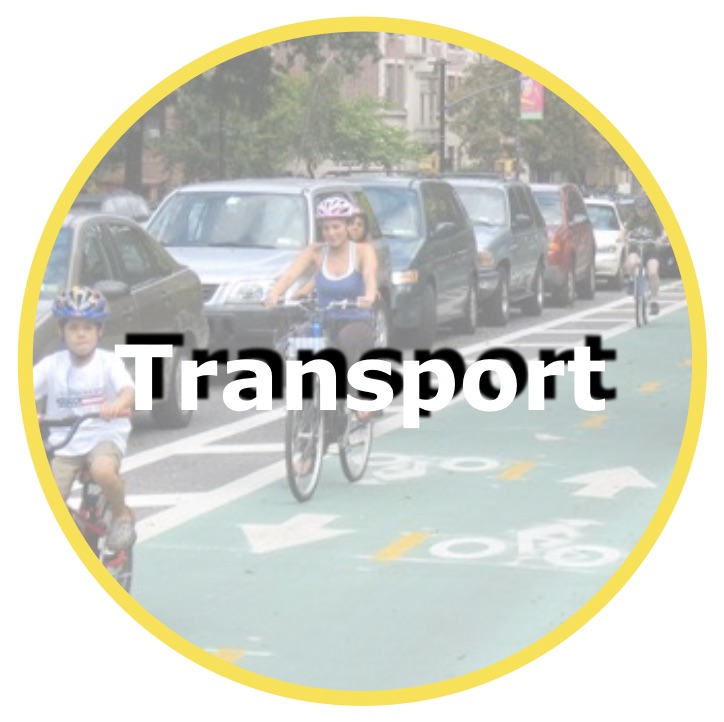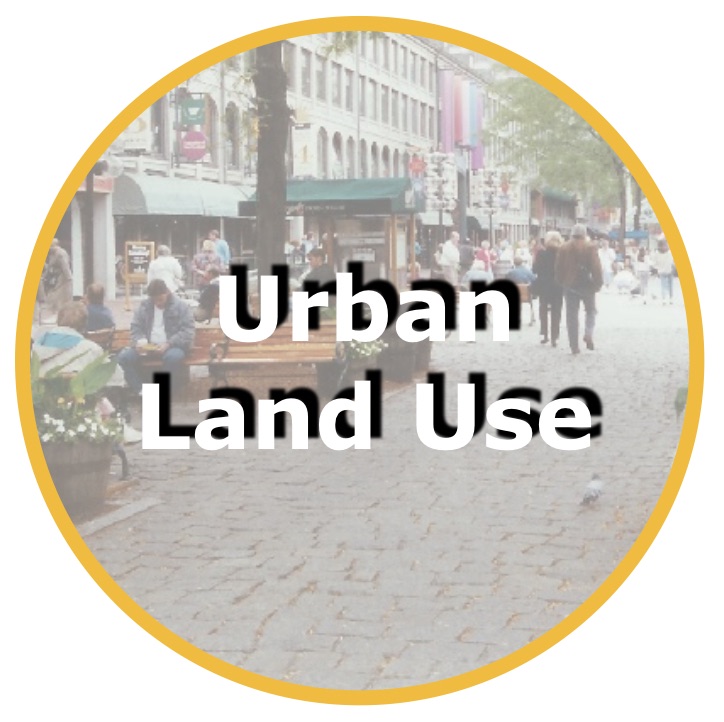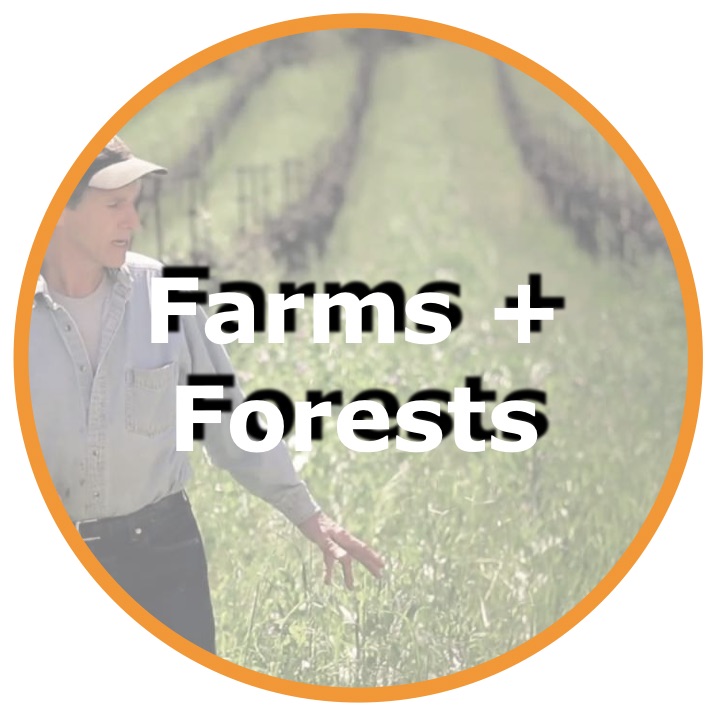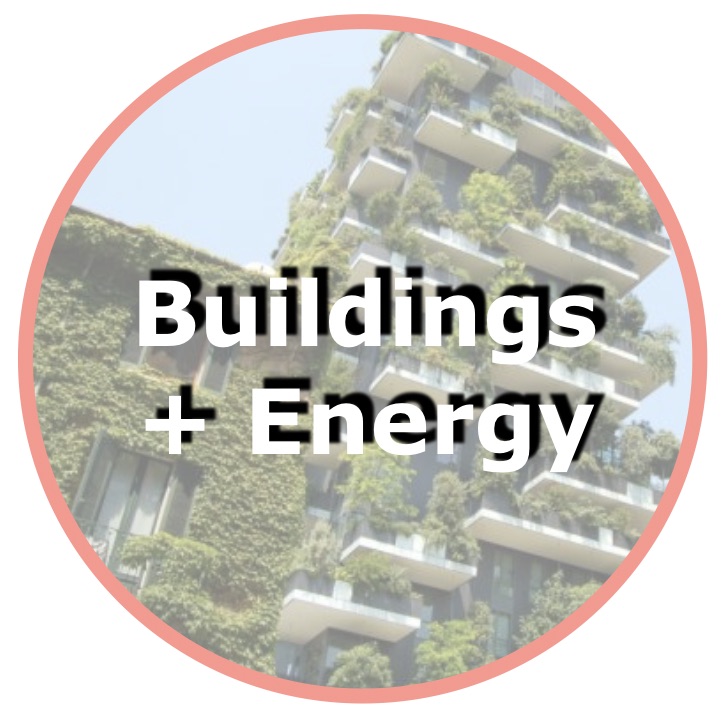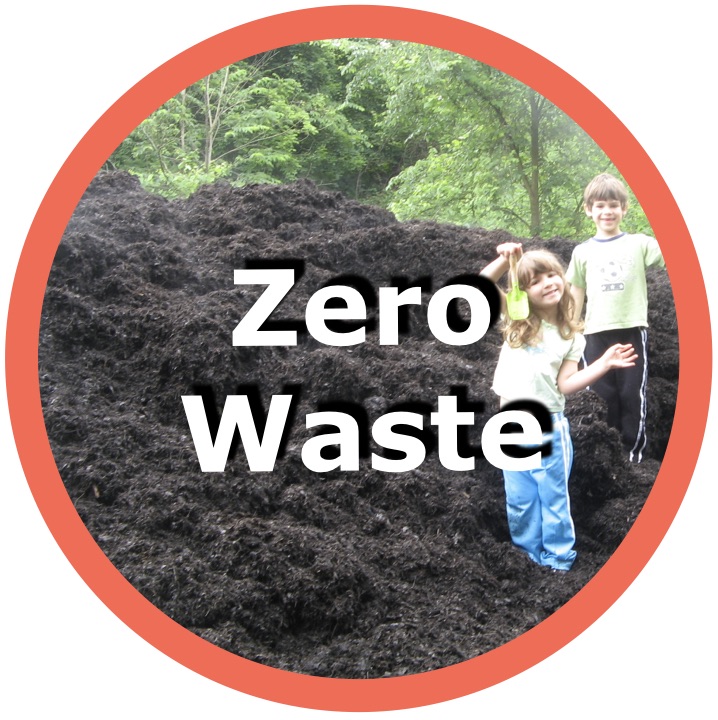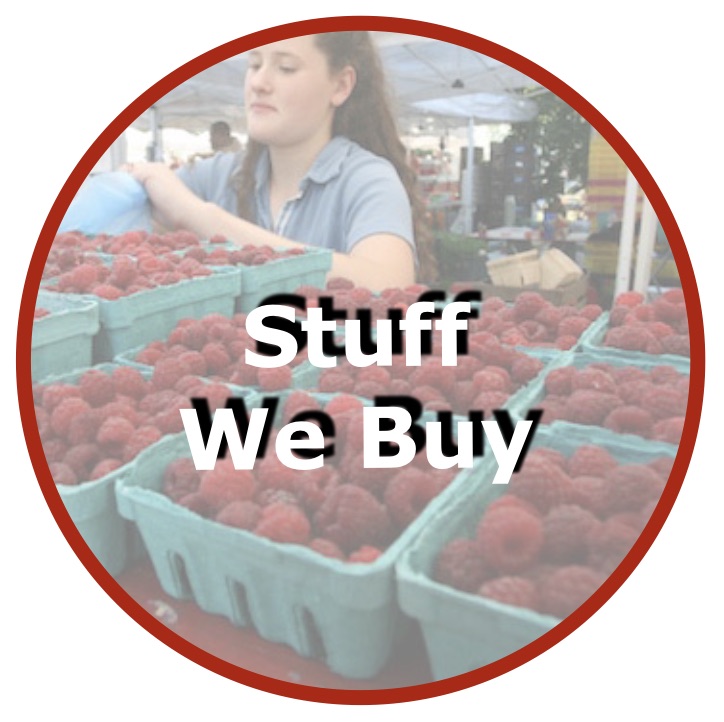But we also "throw away" large amounts of readily recyclable material: paper, cardboard, metals, glass, plastics, food waste, etc. Every time a reusable or recyclable item is sent to the landfill, we lose the embodied energy that was used to create that item and new carbon is emitted in creating new materials to replace it.
According to Judith Enck, President of Beyond Plastics and former EPA Regional Administrator, "the carbon emissions from coal plants are being replaced by carbon emissions from plastic facilities. Last year alone, the production--and then the end of life incineration--of plastic added more than 850 million metric tons of greenhouse gases into the atmosphere. That's equal to the pollution from 189 new 500 megawatt coal-fired power plants."
A recent characterization of Sonoma County's waste showed that around two-thirds of the solid waste that we send to the landfill is "...divertible, potentially divertible, or compostable," with the majority being organic material (food waste). Organic matter that is sent to the landfill releases greenhouse gases into the atmosphere, when it could be composted and returned to the soil-- or, better yet, eaten so that its calories could be put to work.
With a goal of zero waste, there is room for improvement.
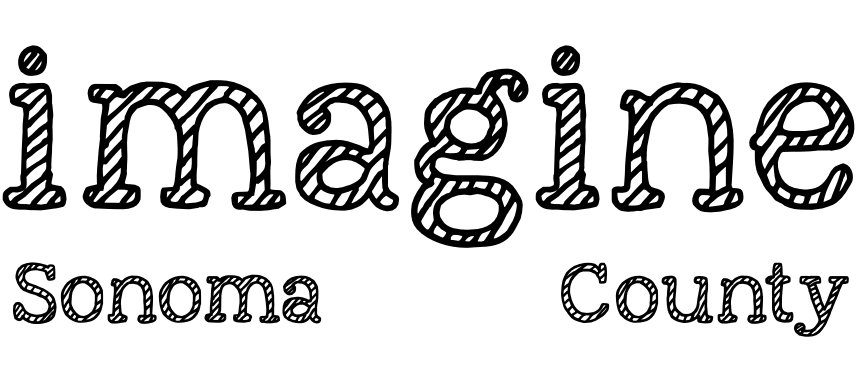


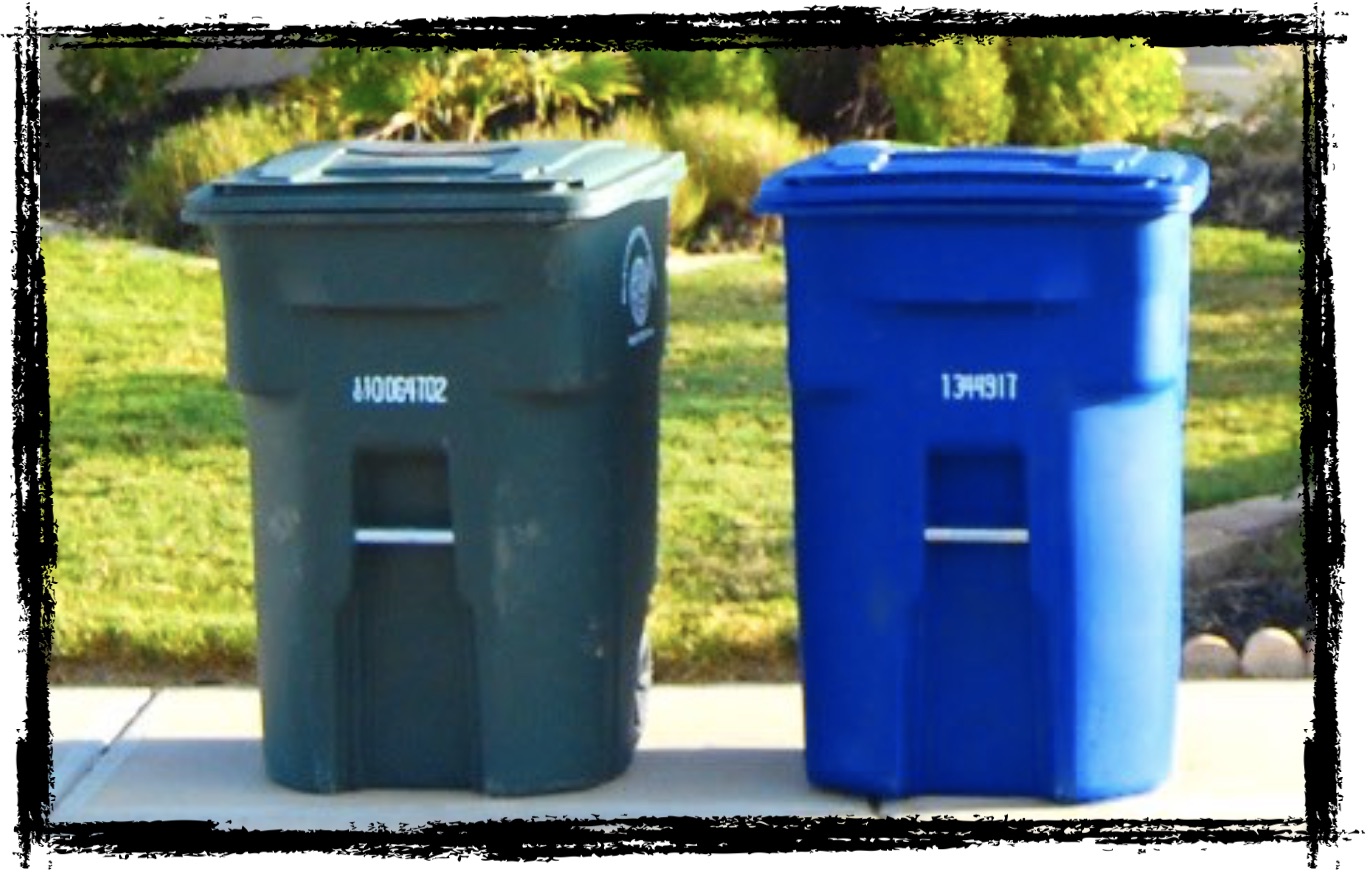
 DISCUSS
DISCUSS